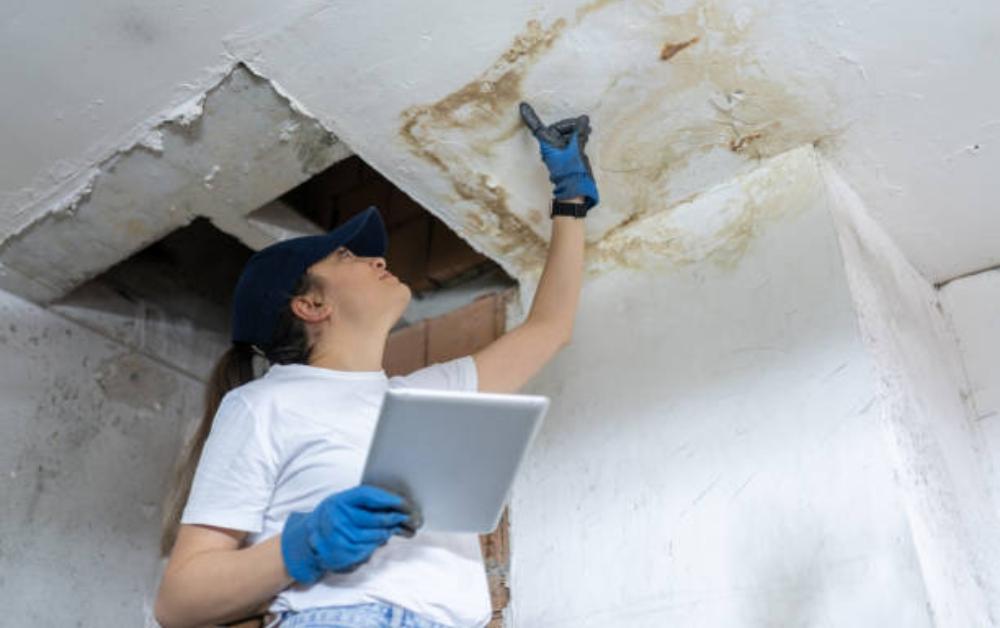


Quality and safety are essential when buying or improving a property. Many investors and homebuyers hire professional assessments to determine any existing structural defects and flaws. However, two very similar forms of property assessments get mistakenly interchanged - snagging and home inspection. Although both act as measures for assessing the quality of a property, both in terms of purposes, intentions, and nature of assessment differ significantly. Disability Snagging offers quality snagging services to ensure properties are up to the mark for handover. Let's dig deeper into the differentiation between snagging and home inspection.
Snagging is a thorough inspection procedure on newly constructed or recently refurbished properties. Snagging aims to detect minor and major defects that must be rectified before the property is handed over to the owner. The defects may comprise poor artistry, incomplete installations, leakages in plumbing, electrical faults, and surface defects like uneven painting or misaligned fixtures.
Snagging inspections on new builds serve the purpose of ensuring homeowners can make developers accountable if there are mistakes in construction. Disability Snagging has complete snagging services, assuring that housing is defect-free and occupation-ready. The absence of proper snagging inspection can leave owners with concealed errors that will cost more to fix later.
A home inspection is a more general examination that evaluates the overall state of a property, whether new or established. Unlike snagging, which concentrates on defects of finish, a home inspection is more technical and looks at the structural condition, electrical, plumbing, HVAC, roofing, and general safety of the property.
Home inspections are typically performed before buying a house so that no underlying issues could need costly fixes. Buyers utilize home inspection reports to haggle over repairs or prices with sellers. In contrast to snagging, which reveals construction errors, a home inspection confirms if a property is safe and sound for long-term occupation.
The significant distinction between snagging and home inspection is the area of concern. Snagging addresses cosmetic and finishing defects in newly constructed properties, whereas home inspections determine the overall condition of a property, including structural and safety defects.
Another significant difference is the timing. Snagging inspections occur at the end of construction, so builders fix any problems before the homeowner's occupation. Home inspections, however, are usually done when buying a house, whether it is new or old, to spot any possible danger or maintenance issue.
Secondly, snagging inspections entail a more thorough assessment of defects in construction, including sloppy plastering, incorrect tiling, and ill-fitting doors and windows. Inspections of homes concentrate on such vital systems as wiring, plumbing, and foundation stability.
Snagging is critical for house buyers buying newly constructed homes to ensure they get a defect-free home. Developers operate under time constraints, which may result in hasty construction and missed errors. A thorough snagging inspection by Desality Snagging identifies and fixes these problems before the ultimate handover, sparing homeowners repair costs down the road.
Without snagging, consumers may struggle to have defects repaired by developers once they occupy the property. A comprehensive snagging report is written evidence of defects and will have their defects attended to by builders before handover.
While snagging and home inspections are essential in evaluating properties, they have distinct uses. Snagging inspections are primarily concerned with determining construction defects in new developments to ensure the property is delivered in pristine condition. Home inspections, however, choose the overall state of any property and write a comprehensive report on its safety and structural integrity.
Disability Snagging offers expert snagging inspections, ensuring homeowners and investors get high-quality, defect-free properties. Whether you are buying a new home or looking at a resale, knowing the difference between snagging and home inspections can assist you in making the correct decision for a safe and trouble-free property investment.